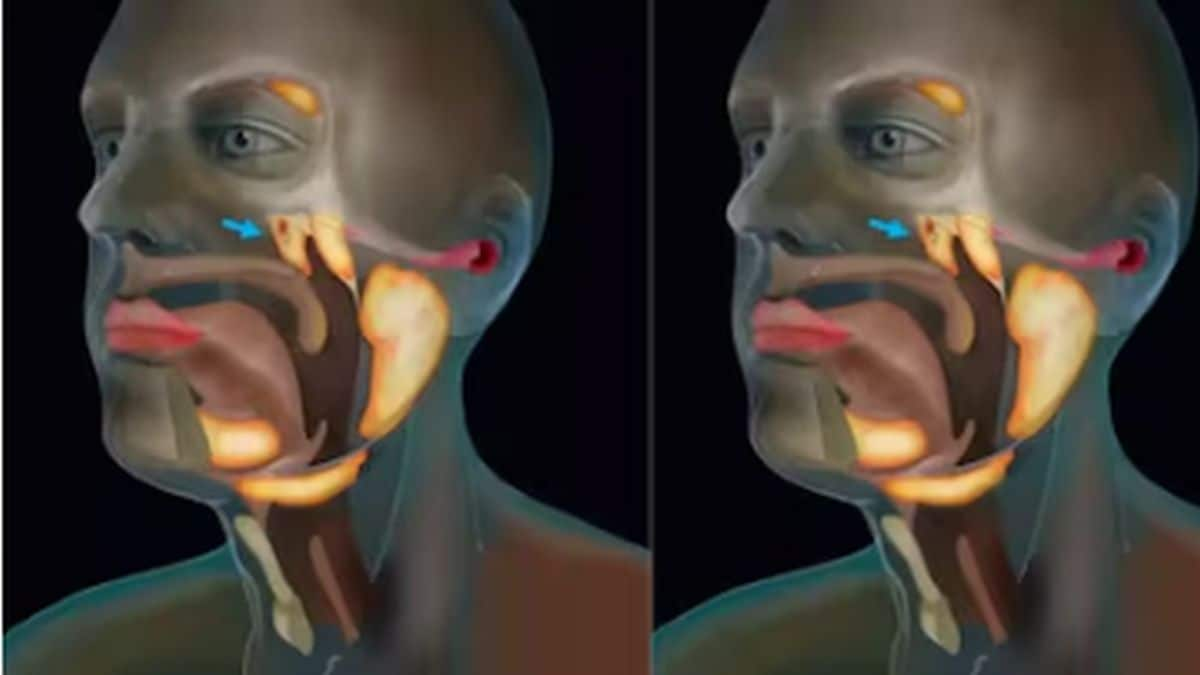2019 gave us not one or two but three films about premature hair loss. First, there was Gone Kesh, about a teenaged girl diagnosed with alopecia. A few months later, Ujda Chaman and Bala (with Ayushmann Khurrana in the lead) shone the light on premature balding within a few weeks of each other. Hair loss should have been the perfect Bollywood formula (the movies got mixed reviews). The reason: even when there’s no medical condition underlying it, hair loss is both universal and universally painful. The sight of multiple strands of hair on the pillow after waking up or a clump of hair in the shower drain gives us pause; even least vain among us are worried by it. The fact that the Hindi film industry has picked up on the condition is an indication that we may be ready to look into its causes, and what it means.
Here’s what you need to know:
How the hair cycle works
Human hair typically goes through three stages: the anagen, catagen, and telogen phase. During the anagen phase, which lasts for two to four years, our hair grows. This is followed by a transitional period called the catagen phase, when no change takes place. After the catagen phase comes the telogen phase, when the hair is released from the follicle and falls off. Typically, every person loses 100 strands of hair on a daily basis. This cyclical loss is completely normal as even after the natural loss of hair, people usually have plenty of hair remaining on their scalp.
6 causes of hair fall in young people
1. Heredity: Hair loss is normal with ageing, but if the hair loss begins in the 20s and 30s, it may be a sign of hereditary-pattern baldness. It runs in families and is one of the most common causes of hair loss in young people. It is medically known as androgenetic alopecia – in men, it is commonly called male-pattern baldness. In women, this kind of hair fall is usually noticed after menopause. 2. Medical illness: Some medical conditions like systemic lupus erythematosus (an autoimmune disease), syphilis (sexually transmitted disease), hypothyroidism or hyperthyroidism (thyroid hormone disorders) and imbalance of sex-hormones (estrogen in females and testosterone in males) can lead to severe hair fall. Some people may also present with an unusual psychiatric disorder known as trichotillomania, in which the patient compulsively pulls and twists their hair which in turn may lead to bald spots on the head. 3. Nutritional deficiencies: In some cases, a nutritional imbalance can lead to excessive hair fall. People who have been on a super limiting diet or women with heavy menstrual flow tend to have a deficiency of protein, minerals (iron and zinc) and vitamin B7 (biotin) which may cause persistent hair fall in them. 4. Telogen effluvium: During the hair cycle, a strand of hair grows in the anagen phase for two to four years, then enters the telogen phase where it rests for about two to four months and then falls out. This strand of hair is then replaced by a new, growing hair. In the case of telogen effluvium, due to some physical changes or illnesses in the body, about 30% of the hair stops growing and directly moves into the resting state of the telogen phase. This causes about double the amount of hair fall than usual. The possible causes of telogen effluvium are:
- Severe stress
- Crash diets, which may lead to extreme weight loss
- Prolonged high fever
- Severe infection
- Sudden change in hormone levels like in the case of childbirth
- Major surgery
- Sudden blood loss due to trauma
- Thyroid disease (hypothyroidism and hyperthyroidism)
5. Drugs: The use of certain drugs has been associated with excessive hair fall in people. These drugs include antihypertensives like beta-blockers and calcium channel blockers (used to control high blood pressure), retinoids (vitamin A supplement), birth control pills, some painkillers (NSAIDs) like ibuprofen. 6. Diseases of the scalp: Some diseases that affect the scalp are also responsible for patchy or complete hair fall. These include:
- Tinea capitis: A fungal infection of the scalp caused by Trichophyton tonsurans, Tinea capitis leads to patchy hair loss and dry flaky scalp. It is mostly seen in children and is highly contagious.
- Alopecia areata: An autoimmune disease that causes hair to fall out in one or more small patches, alopecia areata can show symptoms right from childhood. Along with hair loss, changes or pain in the nails is a sign of alopecia areata.
- Traumatic alopecia: If you have a habit of tying your hair tightly you may suffer from hair loss. Traumatic alopecia is usually seen in people who try out different hairstyles (tight braiding or cornrowing), or expose their hair to excessive heat and twisting (straightening or curling iron) or damage the hair with strong chemicals (bleaching or hair colouring).
Of course, hair loss at a young age still has some stigma attached to it. In the three Bollywood movies about hair loss last year, the protagonists struggle to find acceptance and love. Happily, the movies were also a hat-tip to the human spirit and to how far we have come from crass (and ubiquitous) jokes and jibes about balding in India. For more information, please read our in-depth article on Hair Loss in Men and Women. Health articles in Firstpost are written by myUpchar.com, India’s first and biggest resource for verified medical information. At myUpchar, researchers and journalists work with doctors to bring you information on all things health.


)

)
)
)
)
)
)
)
)



